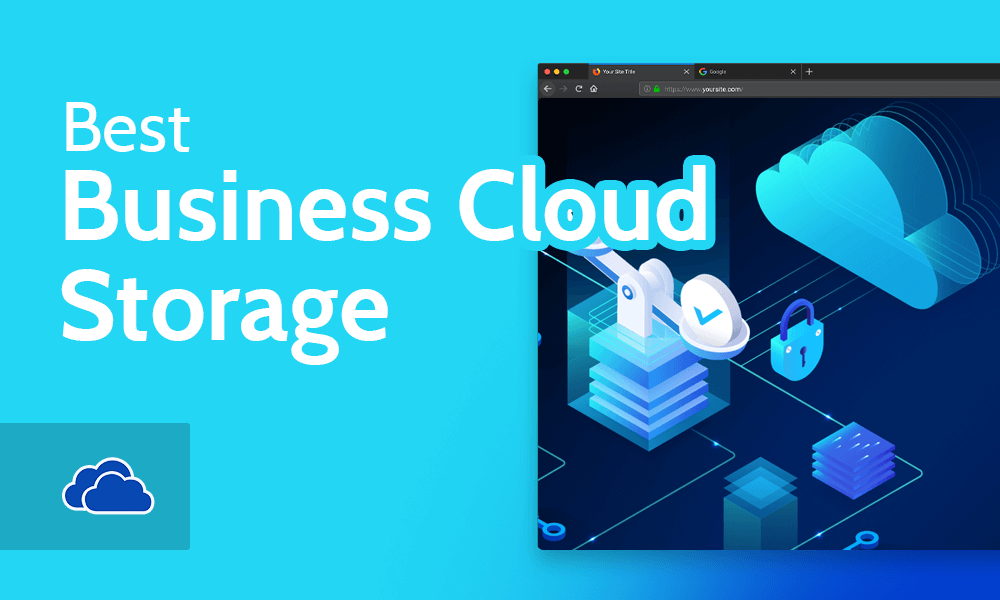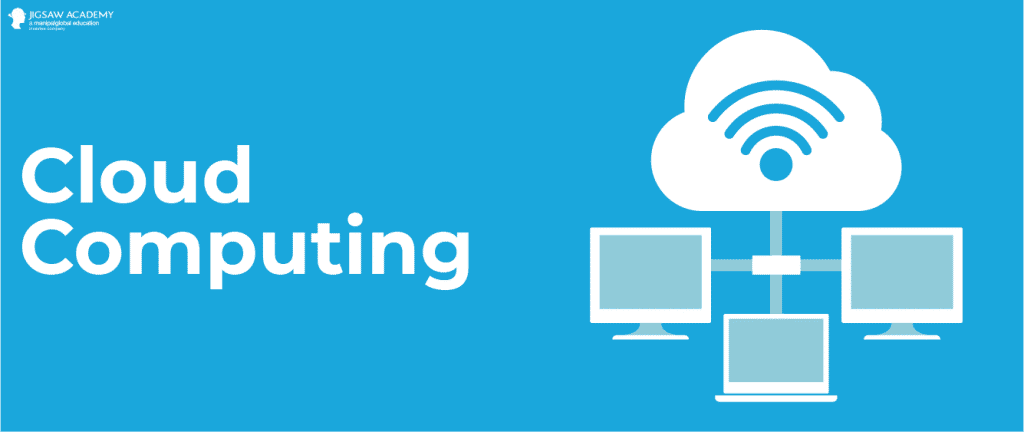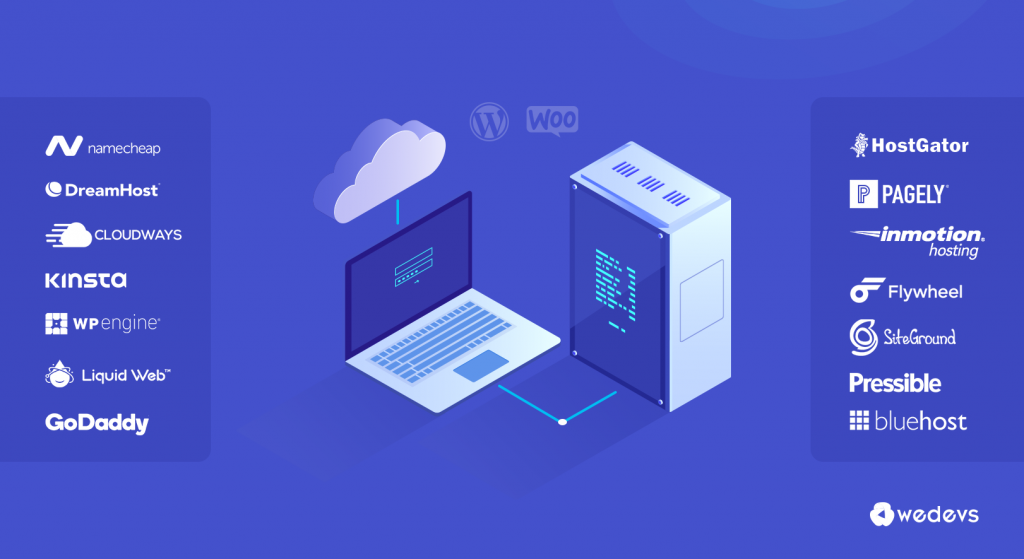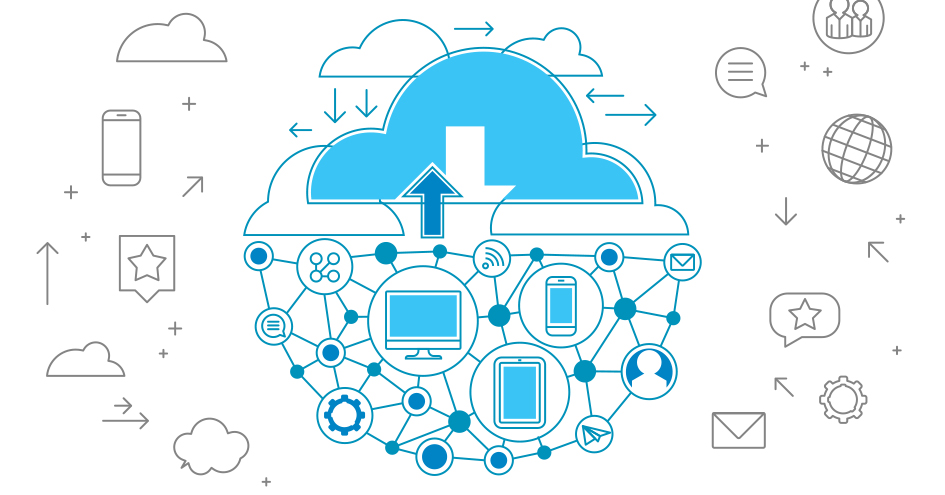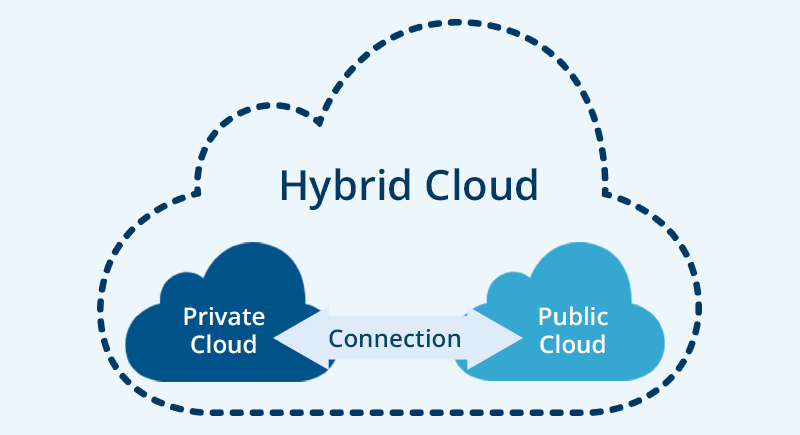Drones, once considered a futuristic technology, have become ubiquitous in various industries, from photography and agriculture to surveillance and logistics. The rapid advancement of drones can be attributed, in large part, to their integration with cloud technology. In this article, we will explore how cloud technology is transforming the drone industry, enhancing their capabilities, and opening up exciting possibilities for the future.
The Convergence of Cloud and Drones
Cloud technology refers to the practice of using remote servers, often hosted on the internet, to store, manage, and process data. When combined with drones, it extends the capabilities of these unmanned aerial vehicles (UAVs) far beyond their on-board hardware limitations. Here’s how cloud technology is revolutionizing the world of drones:
- Extended Flight Time: One of the primary challenges in drone technology has always been battery life. Cloud computing allows drones to offload certain computing tasks and data storage to remote servers. This reduces the strain on the drone’s onboard resources, extending its flight time significantly. Drones can now stay airborne for longer durations, making them more efficient for various applications such as search and rescue missions, surveillance, and mapping.
- Real-time Data Analysis: The cloud’s computing power enables drones to process vast amounts of data in real-time. This capability is invaluable for applications like disaster response, where drones can assess the situation, analyze data, and relay critical information to first responders quickly. For example, thermal imaging from a drone can help locate survivors in disaster-stricken areas.
- Precision Agriculture: Agriculture is one sector that has greatly benefited from the marriage of drones and cloud technology. Drones equipped with specialized sensors can capture data on crop health, soil quality, and moisture levels. This data is then sent to the cloud for analysis. Farmers and agronomists can access detailed reports and make informed decisions about irrigation, fertilization, and pest control, ultimately leading to increased crop yields and resource efficiency.
- Remote Piloting and Monitoring: Cloud technology enables remote piloting and monitoring of drones. Pilots can operate drones from thousands of miles away, opening up possibilities for global drone fleets that can be managed centrally. This feature is particularly valuable for surveillance, security, and large-scale infrastructure inspection.
- Data Storage and Accessibility: Storing data in the cloud ensures that it is secure, easily accessible, and immune to loss or damage from a crashed drone. Researchers, businesses, and government agencies can archive large datasets collected over time for trend analysis, compliance, or forensic investigations.
- AI and Machine Learning: Cloud-based AI and machine learning algorithms can process and analyze drone data to extract valuable insights. For instance, drones equipped with cameras can capture images of construction sites, and the cloud can use AI to monitor progress, identify potential issues, and ensure compliance with project timelines.
- Collaborative Decision-making: Multiple stakeholders can collaborate in real-time through cloud-connected drones. For example, in firefighting operations, firefighters, incident commanders, and even experts located remotely can analyze drone data simultaneously and make informed decisions to contain and manage the blaze more effectively.
Applications of Cloud-Connected Drones
The impact of cloud-connected drones is felt across various industries, each benefiting from this technological synergy in unique ways:
- Agriculture: As mentioned earlier, precision agriculture is revolutionized by cloud-connected drones. They provide farmers with the data needed to optimize crop management, reduce resource wastage, and increase yields.
- Environmental Monitoring: Drones equipped with sensors can monitor environmental conditions such as air quality, water quality, and deforestation. This data can be sent to the cloud, where it’s analyzed to guide conservation efforts and address ecological challenges.
- Emergency Response: Cloud-connected drones play a crucial role in disaster management. They can rapidly assess damage, locate survivors, and deliver supplies. Real-time data analysis helps emergency responders make informed decisions.
- Construction and Infrastructure: In construction, drones equipped with cameras and LIDAR sensors can survey construction sites, monitor progress, and detect potential issues. Cloud technology enables project managers to have a comprehensive view of their projects from anywhere in the world.
- Media and Entertainment: Drones have become integral to the media and entertainment industry. Cloud-connected drones capture stunning aerial shots for films, TV shows, and news broadcasts, while the cloud processes and stores this high-quality content efficiently.
- Logistics and Delivery: Companies like Amazon are exploring the use of cloud-connected drones for package delivery. The cloud handles navigation, traffic management, and data processing, making automated drone delivery feasible on a large scale.
- Surveying and Mapping: Drones equipped with high-resolution cameras and LIDAR sensors create detailed 3D maps and models of terrain and structures. These maps are invaluable for urban planning, land surveying, and disaster preparedness.
Challenges and Concerns
While cloud-connected drones hold immense promise, several challenges and concerns must be addressed:
- Privacy: Drones can capture sensitive information, raising privacy concerns. Regulations must be in place to protect individuals’ privacy when drones are used for surveillance or data collection.
- Security: Cloud-connected drones are susceptible to cybersecurity threats. Protecting data during transmission and storage in the cloud is critical to prevent unauthorized access or data breaches.
- Regulations: The use of drones is subject to regulations in many countries. Integrating cloud technology may add complexity to the regulatory landscape, requiring clear guidelines for operation and data handling.
- Connectivity: Cloud-connected drones rely heavily on stable internet connections. In remote areas or during network outages, the reliability of these drones may be compromised.
- Cost: Implementing cloud technology can be costly, both in terms of infrastructure and data storage. Smaller businesses and organizations may find it challenging to invest in cloud-connected drone solutions.
So
Cloud technology has ushered in a new era of possibilities for drones. By leveraging the computing power and storage capabilities of the cloud, drones can perform tasks that were previously unthinkable due to hardware limitations. This technological synergy has transformed industries, from agriculture and construction to emergency response and entertainment.
As the drone industry continues to grow and evolve, we can expect further innovations and advancements in cloud-connected drone technology. With ongoing developments in artificial intelligence, 5G connectivity, and edge computing, the sky’s the limit for what drones can achieve with the support of the cloud. As regulations and infrastructure catch up with this transformative technology, we are poised to witness even more remarkable applications of cloud-connected drones in the near future.


